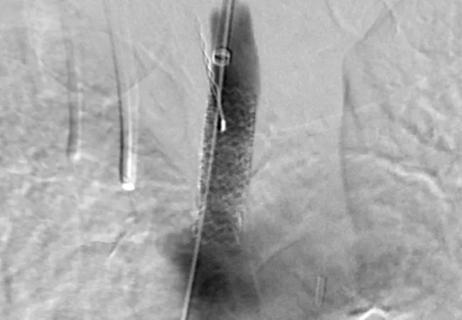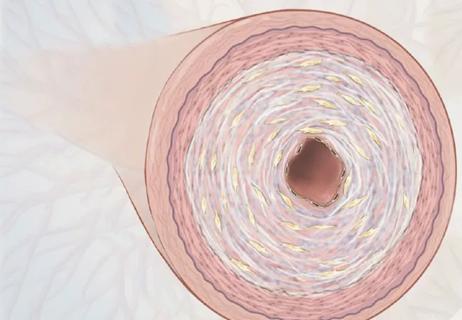Draft statement on nontraditional risk factors is a mixed bag, says Dr. Steve Nissen
The U.S. Preventive Services Task Force (USPSTF) will soon issue final recommendations on whether to add three nontraditional risk factors — the ankle-brachial index (ABI), high-sensitivity C-reactive protein (hsCRP), and coronary artery calcification (CAC) score — to traditional risk assessment for cardiovascular disease (CVD) in asymptomatic adults.
Advertisement
Cleveland Clinic is a non-profit academic medical center. Advertising on our site helps support our mission. We do not endorse non-Cleveland Clinic products or services. Policy
Based on the USPSTF’s final draft statement, released in January, the recommendation is likely to be negative for all three. In it, the USPSTF concludes that current evidence is insufficient to assess the balance of benefits and harms from adding any of the three markers to existing CVD risk models such as the Framingham Risk Score or the Pooled Cohort Equations despite evidence that doing so might improve calibration, discrimination and risk reclassification.
Potential harms are small, the USPSTF says, but may include false-positive abnormal results and incidental findings that could lead to unnecessary additional tests and procedures, as well as anxiety and low-dose radiation from CAC measurement.
“I would say the USPSTF draft is a little too negative,” says Steven Nissen, MD, Chair of Cardiovascular Medicine at Cleveland Clinic. “In general, most of the valuable information comes from traditional risk factors, while some of the nontraditional risk factors are better established than others.”
Specifically, Dr. Nissen agrees that the ABI and CAC score probably aren’t well-established enough at this time to be incorporated into routine risk assessment. But he definitely believes hsCRP is.
“There’s a whole body of literature on CRP, including clinical trials, such as the recent CANTOS trial,” he notes. “The hsCRP test itself is inexpensive. In people for whom it’s uncertain whether or not to treat with statins, this test is useful.”
In its draft recommendation, the USPSTF advises that until further evidence shows incremental benefit from adding other CVD risk factors to current risk scores in asymptomatic adults without a history of CVD, clinicians should use the Pooled Cohort Equations to assess 10-year CVD event risk and to guide risk-based therapy.
Advertisement
The Pooled Cohort Equations is endorsed for initial risk assessment in the latest guideline on assessing CVD risk from the American College of Cardiology/American Heart Association (ACC/AHA). If questions remain about treatment, the ACC/AHA guideline recommends use of one or more nontraditional markers (including the ABI, hsCRP or CAC score) for further clarification.
But Dr. Nissen doesn’t use or recommend the Pooled Cohort Equations, in part because the measure itself doesn’t include hsCRP or family history. “I prefer the Reynolds Risk Score,” he says. “It includes hsCRP and family history, which makes it a better risk score.”
Similarly, 2017 guidelines for CVD prevention from the American Association of Clinical Endocrinologists and American College of Endocrinology include hsCRP as part of the Reynolds Risk Score as a possible risk evaluation tool and for use in stratifying borderline cases. In contrast, recommendations from the Canadian Cardiovascular Society, the European Society of Cardiology and the UK’s National Institute for Health and Care Excellence endorse other, differing CVD risk assessment tools that don’t include hsCRP, the ABI or CAC score.
This disparity is problematic, Dr. Nissen believes. “It’s controversial,” he says. “I think we need more information.”
Advertisement
Advertisement

How our first century has impacted cardiovascular practice

Review offers comprehensive assessment of the landscape for wearables and more

Preserving trust in research requires vigilance and consensus around statistical nuances

Cardiac surgeon Patrick Vargo, MD, reflects on his first year as Cleveland Clinic staff

Centralization would likely bring better outcomes, experts say, but may not be feasible

JACC review makes the case and outlines how to ensure oversight

Editorial lays out best practices from three Cleveland Clinic surgeons

Cardiac manifestations of this autoimmune disorder can be hidden but deadly